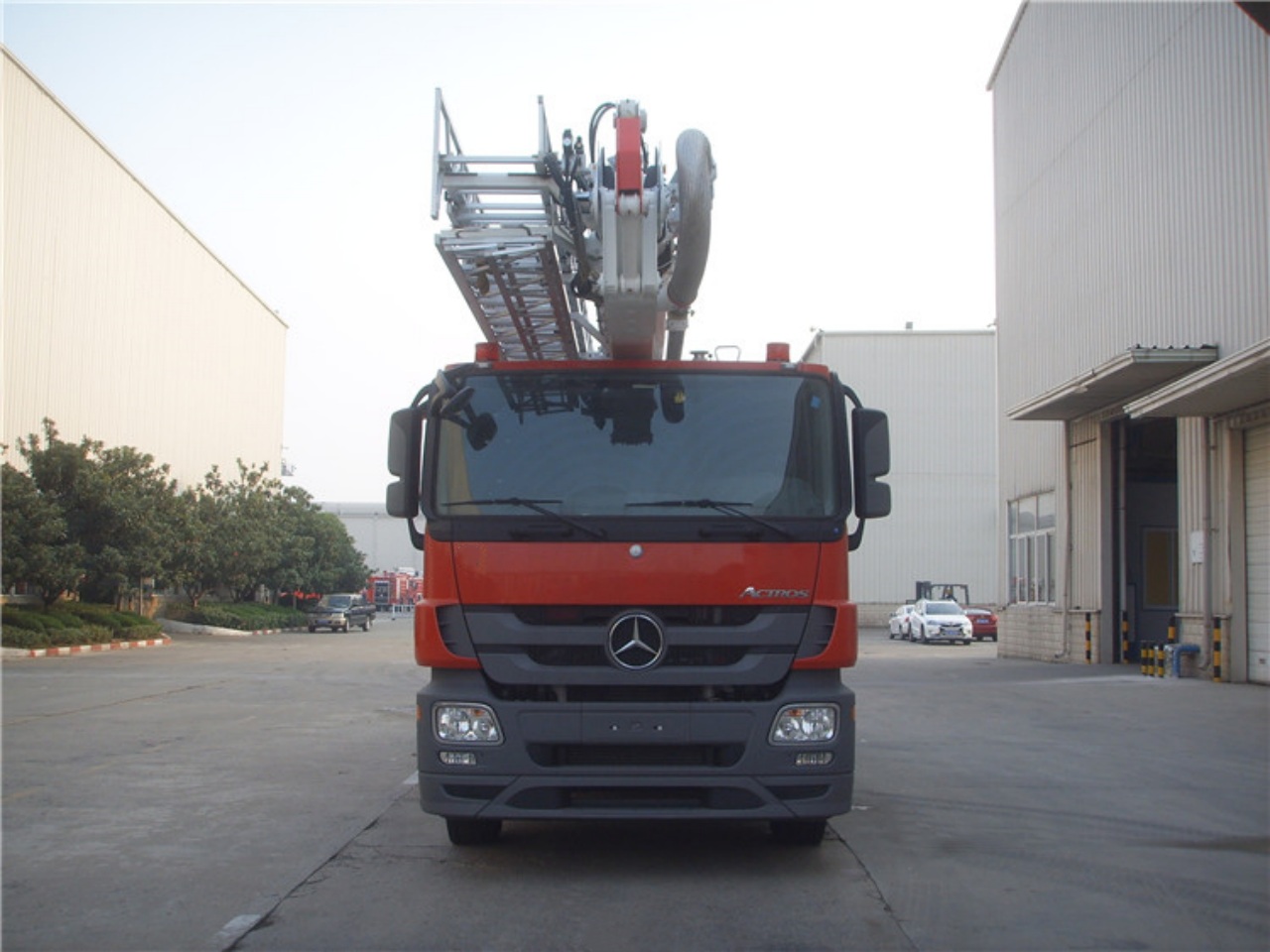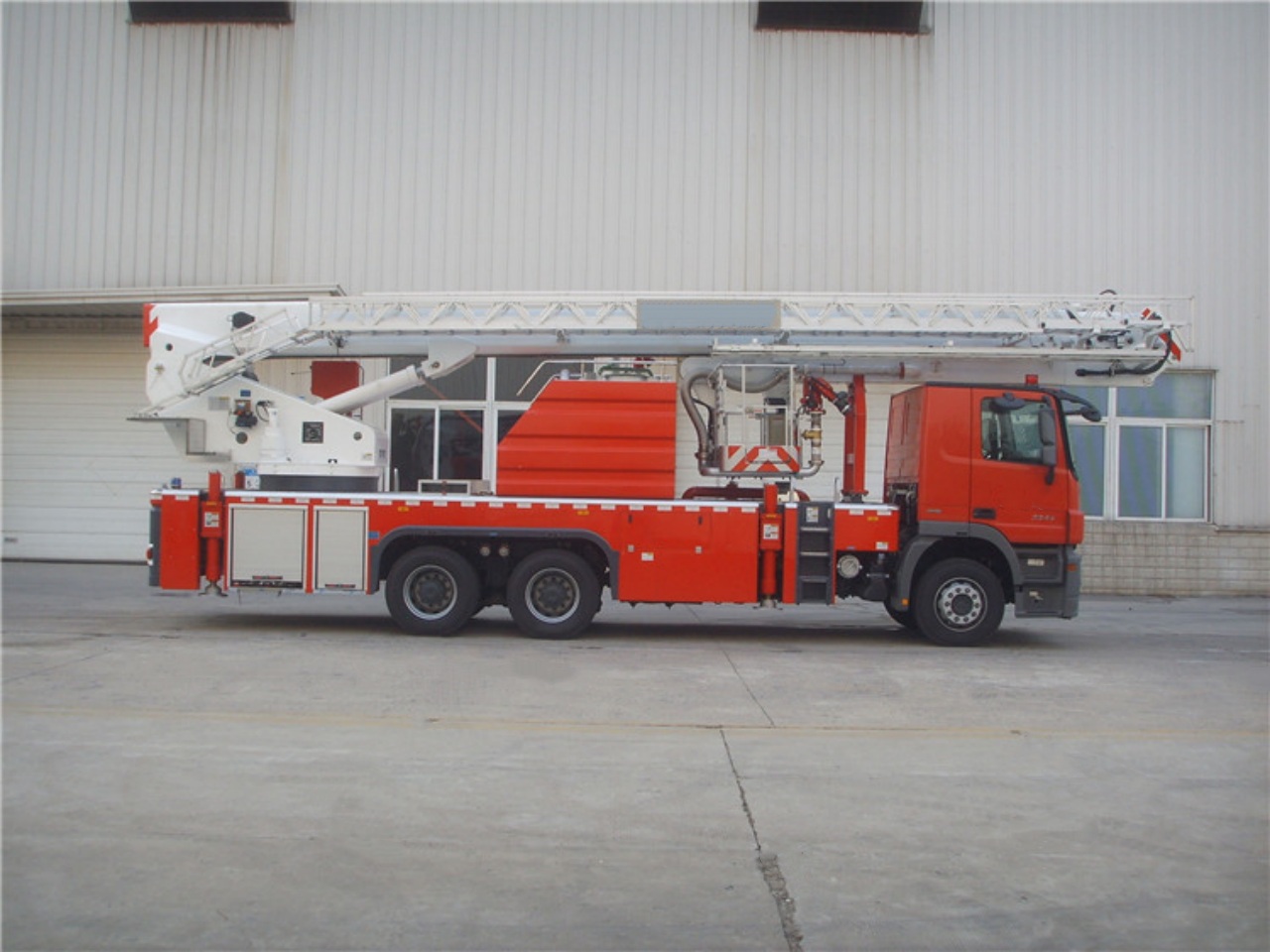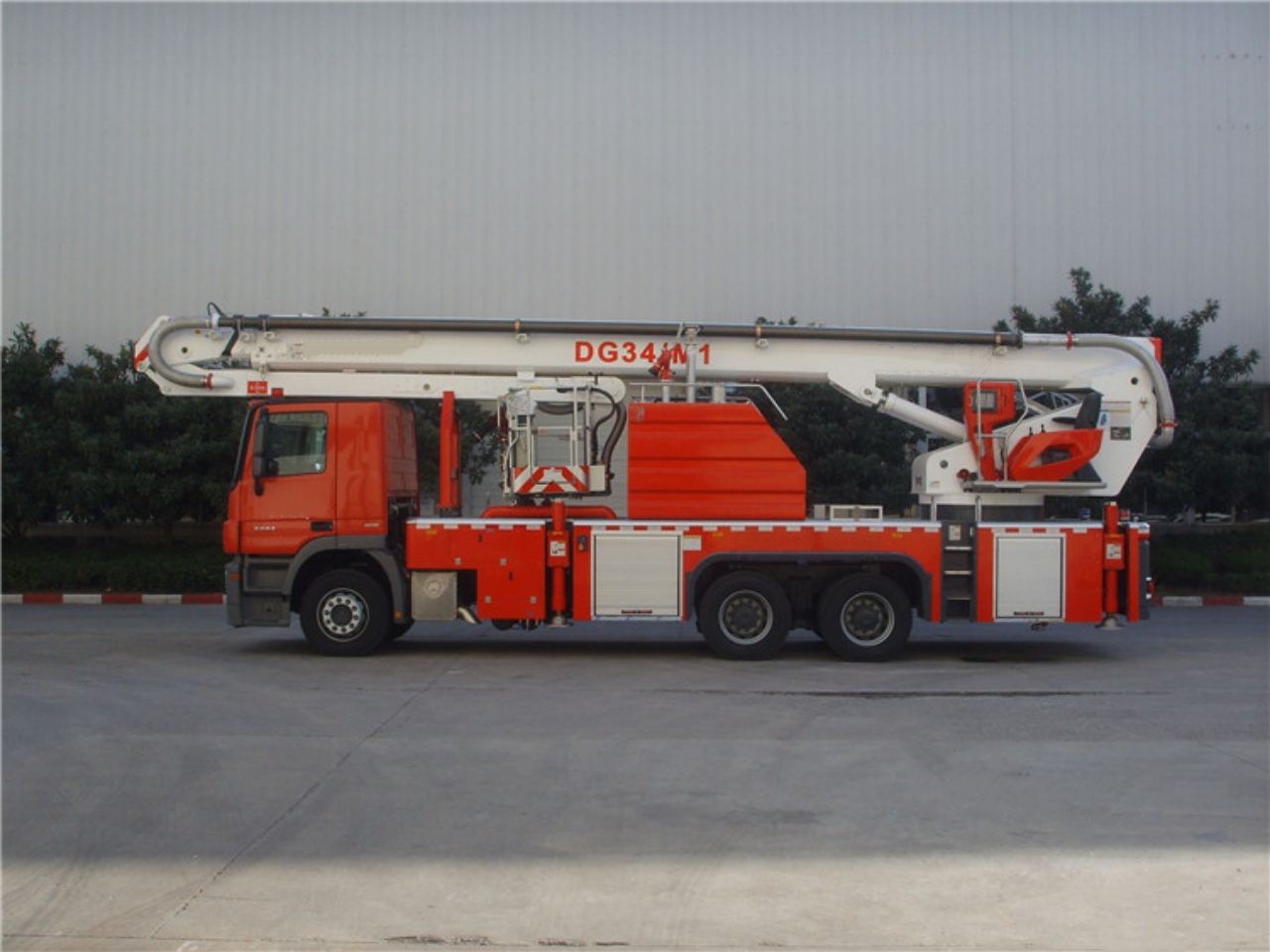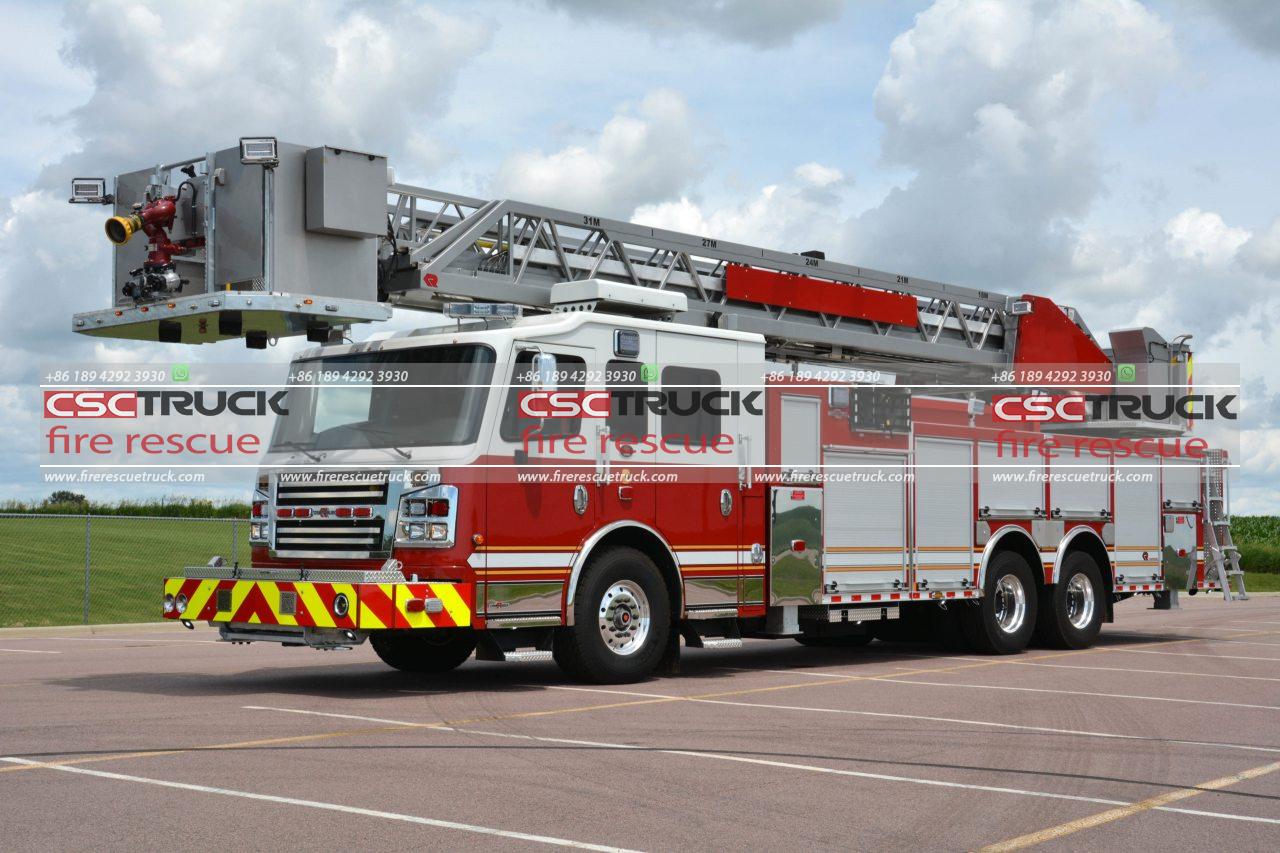Fire safety is a fundamental aspect of urban planning, industrial operations, and emergency management. Among the most vital tools in the arsenal of any firefighting unit is the fire tender—a specialized vehicle designed to combat fires and respond to a wide range of emergencies. Also known as a fire truck or fire engine in different parts of the world, the fire tender is more than just a water carrier. It is a multi-functional unit equipped with essential tools and equipment to save lives, protect property, and handle dangerous situations.
In this article, we explore the various uses of fire tenders, their components, the different types available, and how they play a critical role in modern firefighting and emergency response.
The Primary Use: Firefighting
The foremost use of a fire tender is to transport firefighters and water to the scene of a fire. Equipped with powerful water pumps, hoses, and a water tank, the fire tender allows the crew to immediately start dousing flames upon arrival. In many situations, a quick response with a fire tender can be the difference between a minor incident and a devastating blaze.
The onboard water tanks in standard fire tenders usually range from 1,000 to 5,000 liters, though this can vary depending on the type of fire tender and its intended use. These vehicles are also designed to connect to external water sources, such as hydrants or other tenders, to ensure a continuous water supply during extended firefighting operations.
Beyond Water: Equipment and Tools
Modern fire tenders are far more than mobile water tanks. They carry an impressive array of tools and specialized equipment necessary for firefighting and rescue operations. Some of the essential tools include:
- Hoses and nozzles for water delivery
- Ladders (both fixed and extendable) to reach high places
- Breathing apparatus (SCBA) for firefighter safety in smoke-filled environments
- Fire extinguishers for smaller fires or specific fire classes
- Thermal imaging cameras to detect hotspots or locate people in low visibility
- Cutting tools and hydraulic rescue tools (like the “Jaws of Life“) for vehicle extrication
- First aid kits and emergency medical supplies
These tools allow fire tenders to respond to a variety of emergencies beyond just fire suppression.
Emergency Medical Response
In many jurisdictions, fire tenders serve as first responders to medical emergencies. Firefighters are often trained in basic or advanced life support, and fire tenders may carry equipment such as defibrillators, oxygen tanks, stretchers, and trauma kits.
The speed and reach of fire tenders often allow them to arrive before ambulances, especially in urban settings. This rapid response can be crucial in saving lives, especially in cardiac arrest, trauma, or accident scenarios.
Rescue Operations
Fire tenders play a critical role in rescue operations. Whether it’s extricating people from crushed vehicles, rescuing individuals from collapsed buildings, or performing high-angle rescues from tall structures, the fire tender is central to such missions.
Certain fire tenders are equipped with hydraulic platforms, cranes, or aerial ladders, which are indispensable for accessing multi-story buildings or difficult-to-reach places. In industrial settings, they may be used for chemical leak containment, hazardous material handling, or confined space rescues.
Disaster Response
During natural disasters such as earthquakes, floods, or storms, fire tenders are deployed as part of broader emergency response efforts. They support search and rescue missions, help clear debris, provide emergency lighting, and offer assistance in evacuation efforts.
Some fire tenders are also designed to withstand rugged terrain, making them useful in remote or rural areas during wildfires or disasters where road access is limited.
Fire Prevention and Inspection
In addition to active firefighting, fire tenders are used during fire prevention inspections and drills. Fire departments often dispatch these vehicles during public awareness campaigns, training exercises, and school visits to educate communities on fire safety.
They may also accompany inspectors to commercial or industrial sites to assess fire safety compliance or to stand by during high-risk operations involving flammable materials or open flames.
Types of Fire Tenders
There are several types of fire tenders, each designed for specific tasks:
- Water Tender: The most common type, designed to transport water to the scene.
- Foam Tender: Used to extinguish fires involving flammable liquids, such as fuel or chemicals, using foam concentrate.
- Rescue Tender: Equipped with tools for vehicle rescue, building collapse, and confined space extrication.
- Aerial Ladder Tender: Fitted with long, extendable ladders or hydraulic platforms for access to high-rise buildings.
- Wildland Fire Tender: Designed for off-road use in forest or grassland firefighting, with specialized water systems.
- Airport Crash Tender: A highly specialized fire tender used at airports, with large capacities of water and foam, high-speed mobility, and equipment for aircraft fire rescue.
Each type of fire tender is tailored to the environment and nature of emergencies they are expected to handle.
Importance in Urban and Rural Areas
In urban settings, fire tenders are essential for quick response in densely populated areas with complex infrastructure. Narrow streets, high-rises, and traffic congestion all present challenges that specialized fire tenders are designed to overcome.
In rural areas, fire tenders are equally important but often face different issues such as long distances to water sources, limited road access, and fewer firefighting resources. Rural fire tenders may carry more water and be equipped for rough terrain to compensate for these limitations.
Conclusion
The fire tender is an indispensable vehicle in any firefighting and emergency response system. Its primary use—delivering water and firefighters to the scene—is only 1 part of a broader role that includes rescue operations, medical emergencies, disaster response, fire prevention, and public education.
Modern fire tenders are technological marvels, designed with versatility, safety, and efficiency in mind. They embody the evolution of firefighting from a water-centric operation to a comprehensive emergency service.
Understanding the use and capabilities of fire tenders helps us appreciate the incredible work of fire departments and the critical importance of maintaining well-equipped and strategically deployed fleets. Whether in a bustling city or a remote village, fire tenders remain on the front lines, ready to respond when disaster strikes.












